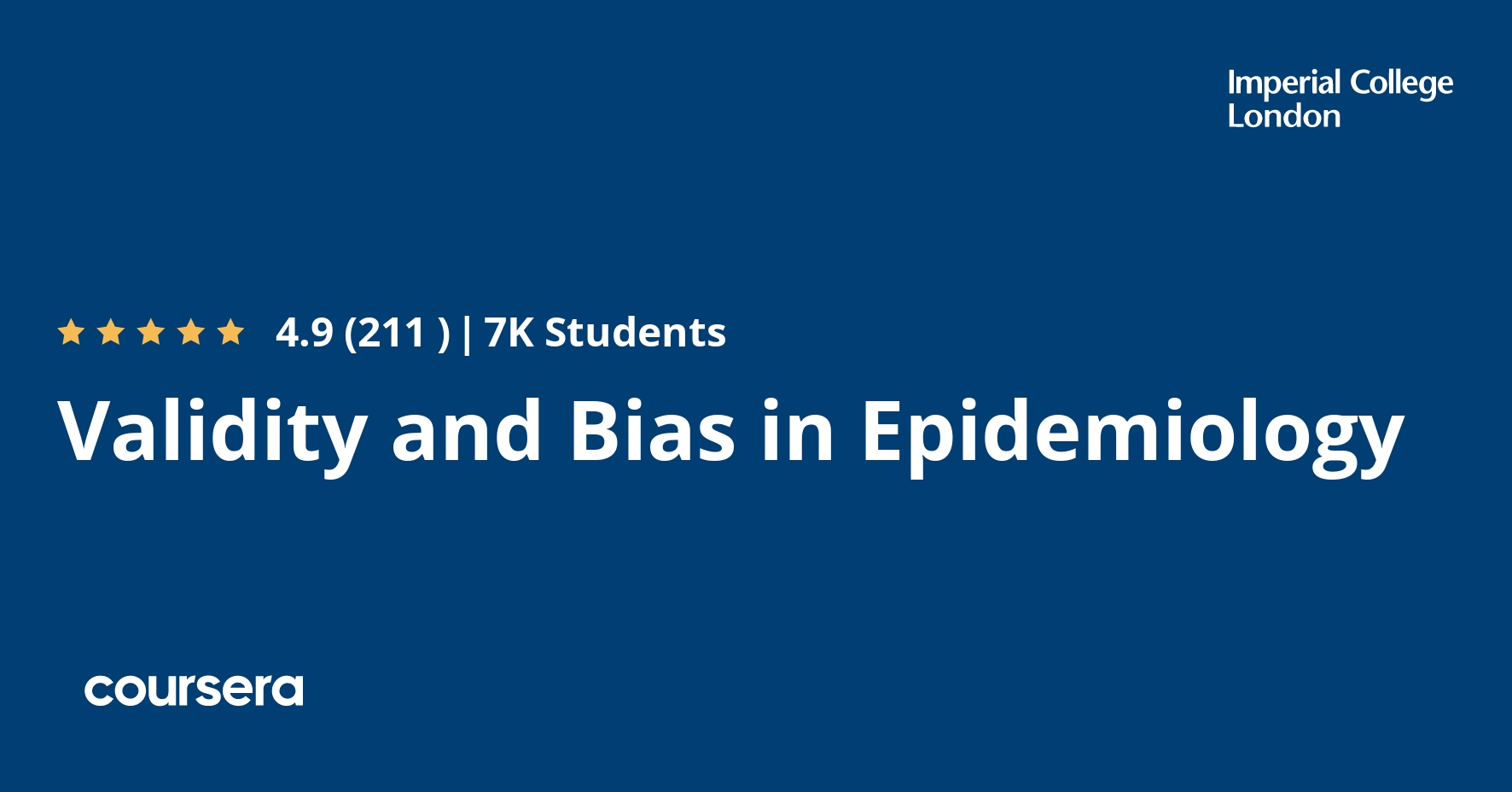Description
Epidemiological studies can provide valuable insights about the frequency of a disease, its potential causes and the effectiveness of available treatments. Selecting an appropriate study design can take you a long way when trying to answer such a question. However, this is by no means enough. A study can yield biased results for many different reasons. This course offers an introduction to some of these factors and provides guidance on how to deal with bias in epidemiological research. In this course you will learn about the main types of bias and what effect they might have on your study findings. You will then focus on the concept of confounding and you will explore various methods to identify and control for confounding in different study designs. In the last module of this course we will discuss the phenomenon of effect modification, which is key to understanding and interpreting study results. We will finish the course with a broader discussion of causality in epidemiology and we will highlight how you can utilise all the tools that you have learnt to decide whether your findings indicate a true association and if this can be considered causal.





